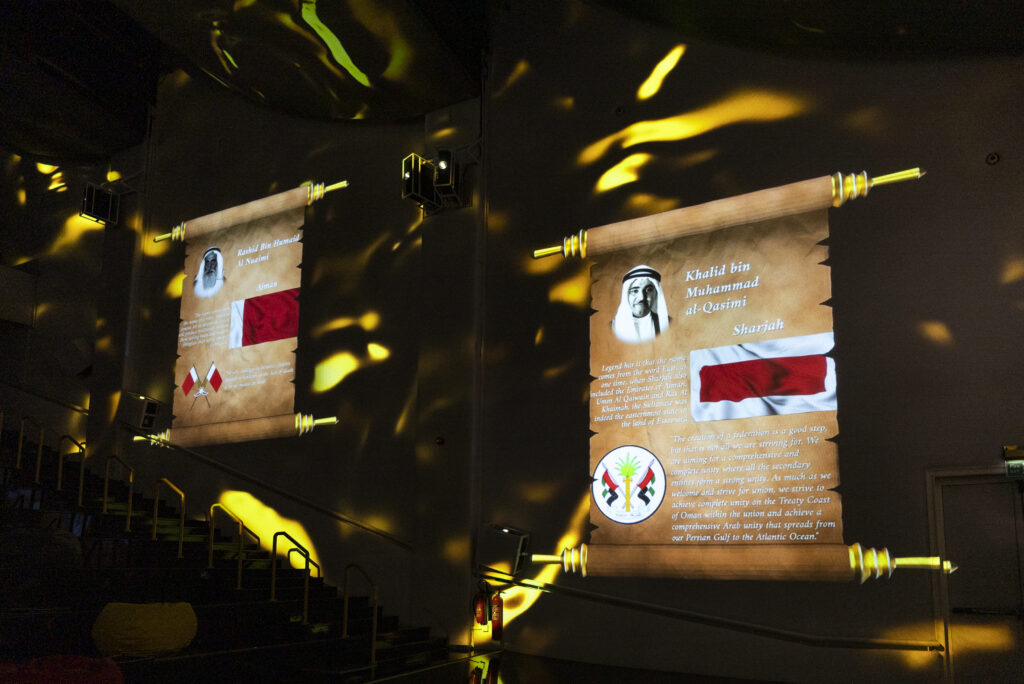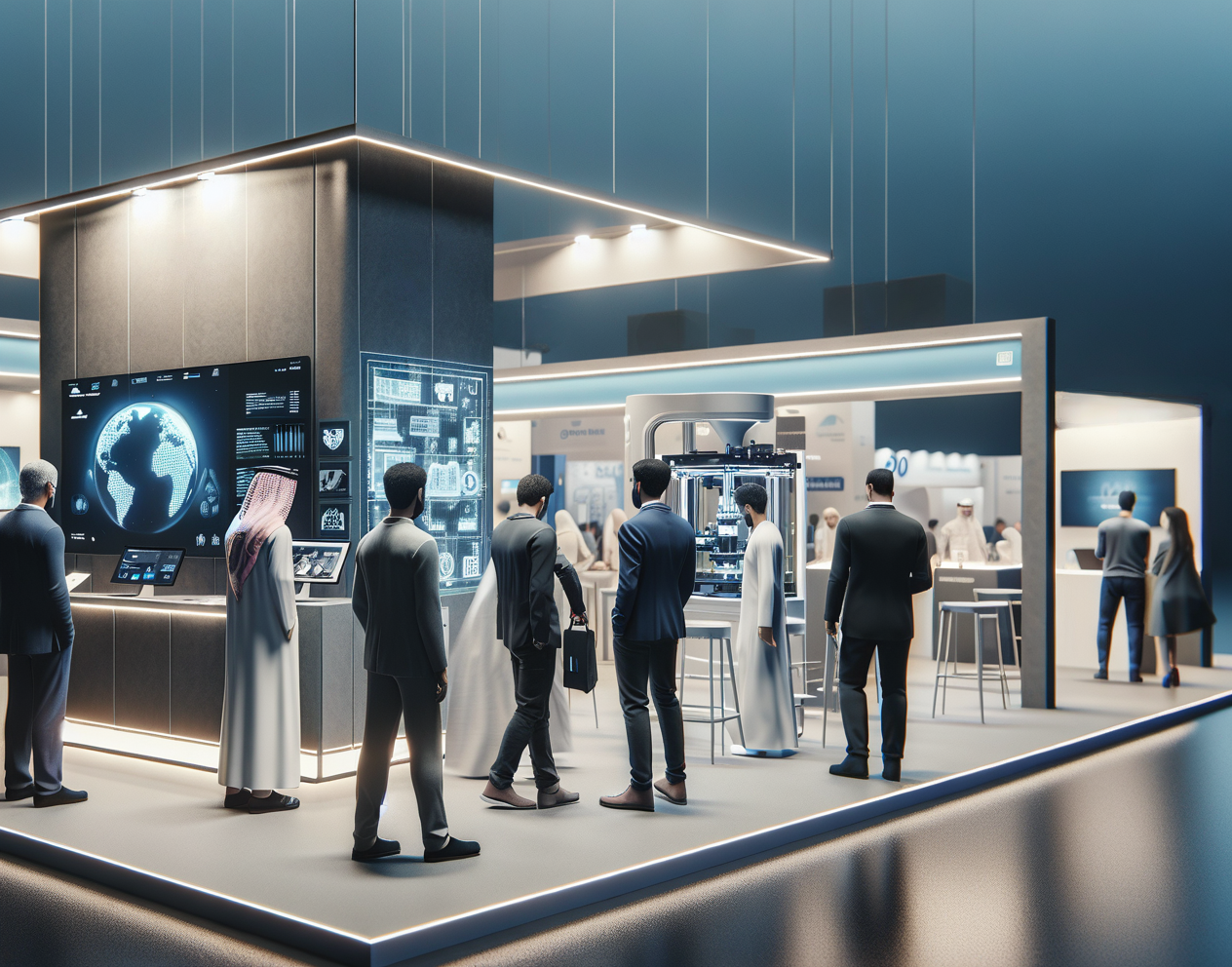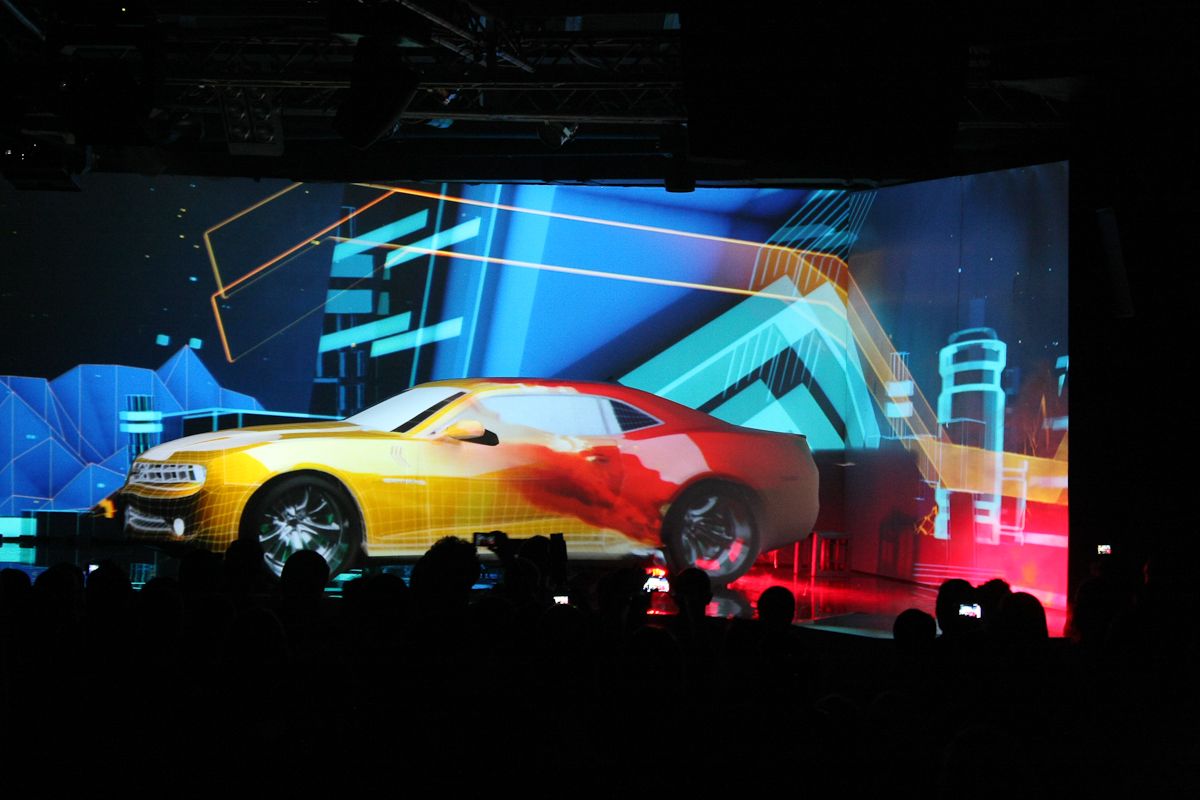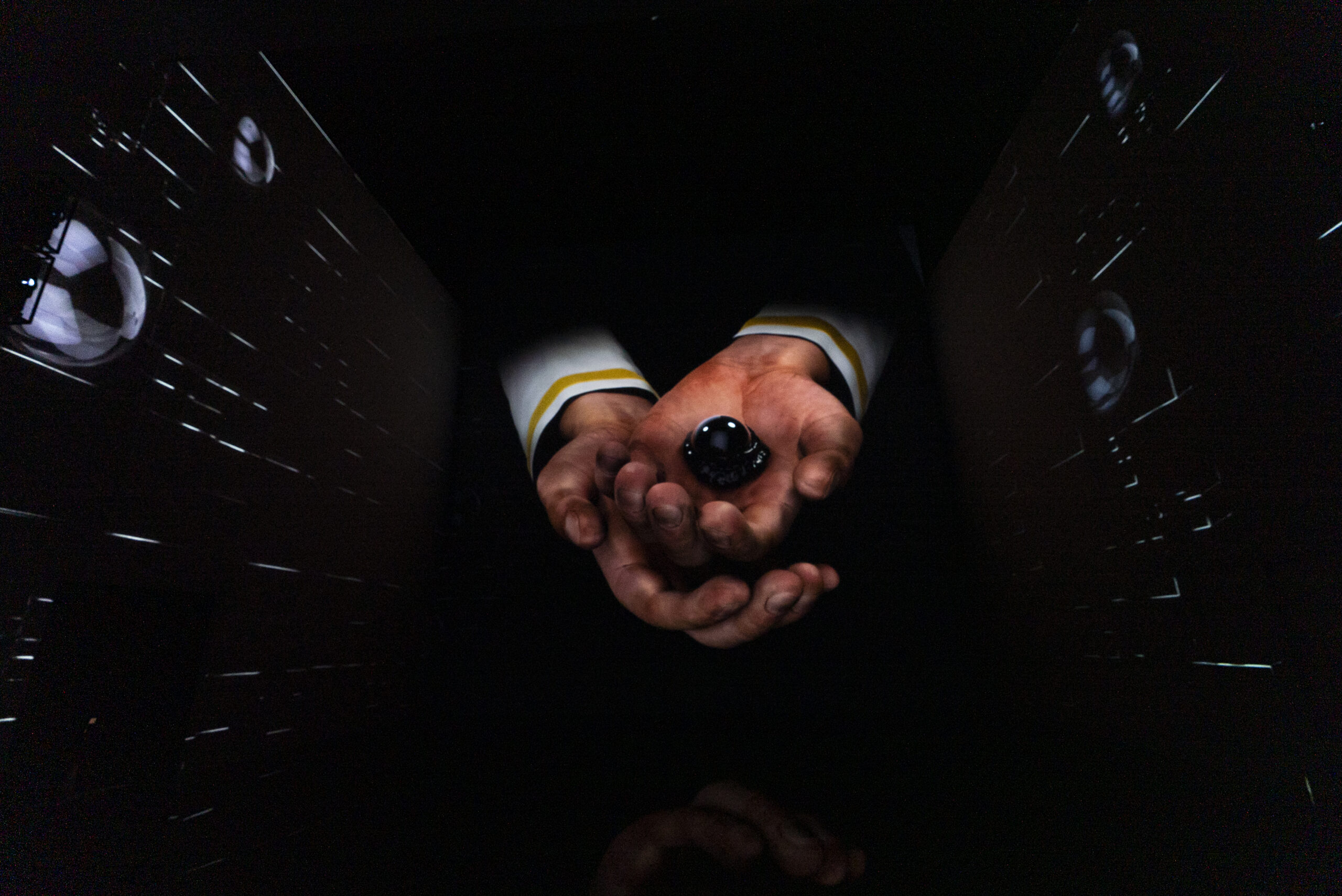Museums with carefully hung paintings on walls and beautifully arranged artifacts in halls are gradually becoming a thing of the past. Today, exhibits with authors’ signatures are not enough to attract discerning visitors. A modern exhibition must intrigue, capture attention, and appeal not only to the mind but also to emotions. Achieving this requires a deep rethinking of museum spaces and approaches to communicating with visitors. Content created using multimedia technologies makes it possible to keep up with the times and guarantees a wow-effect for audiences of all ages.
3D Mapping
Witness Yaroslav the Wise building St. Sophia Cathedral in Kyiv or Octavian Augustus ruling Rome. Observe Taras Shevchenko traveling across Ukraine or Leonardo da Vinci creating his masterpieces. This is an incredibly interesting emotional and intellectual experience that will leave a lasting impression and open new horizons for better understanding the universe. Whether you choose panoramic 3D mapping on a wall, virtual decoration designs , or 3D mapping on sculptures, visitors will focus on what they see, gaining new impressions and experiences. Projection shows enable constant changes to the museum’s interior, encouraging guests to return again and again.

360 Projection
An immersive multimedia show in a museum creates a maximum sense of presence and allows for deeper exploration of objects and phenomena. Past events, paintings by famous artists, or models of iconic cars are projected onto spherical surfaces, such as columns, globes, or spheres. The illusion of reality is supported by the fact that the content is displayed without distortion, no matter where in the room you are. There’s no need to explain the context since 360 projection enables artifacts to be embedded into a historical narrative and connects them to the present. The museum space becomes understandable and accessible.
Motion Design
Would you like to see long-created masterpieces come alive? For Van Gogh to smile from his self-portrait or the girl with a pearl earring by Johannes Vermeer to take off her piece of jewelry and conspiratorially wink? Motion design involves creating graphics that transform static images into moving pictures. Such a multimedia art installation allows visitors to be inspired by what they see and fall in love with art. The museum becomes a space for exchanging values beyond the limits of time and space.
Holograms
This can truly amaze your visitors. Imagine Pythagoras personally greeting guests at the door of the Museum of Mathematics or Stepan Bandera at the Museum of Lviv History. Thanks to the realistic image, objects can not only be examined in detail from all sides but also interacted with. Rendering in multimedia opens unlimited possibilities. For instance, a visitor can zoom in on specific details of a 3D object to better examine it.
The team of the animation company Magic Innovations creates visually appealing, cohesive, and interactive spaces for museums with a full immersion effect. Thanks to multimedia technologies, people find themselves in a comfortable environment, perceiving what they see in a deeply personal way.
Adapt to meet the demands of the modern world!




